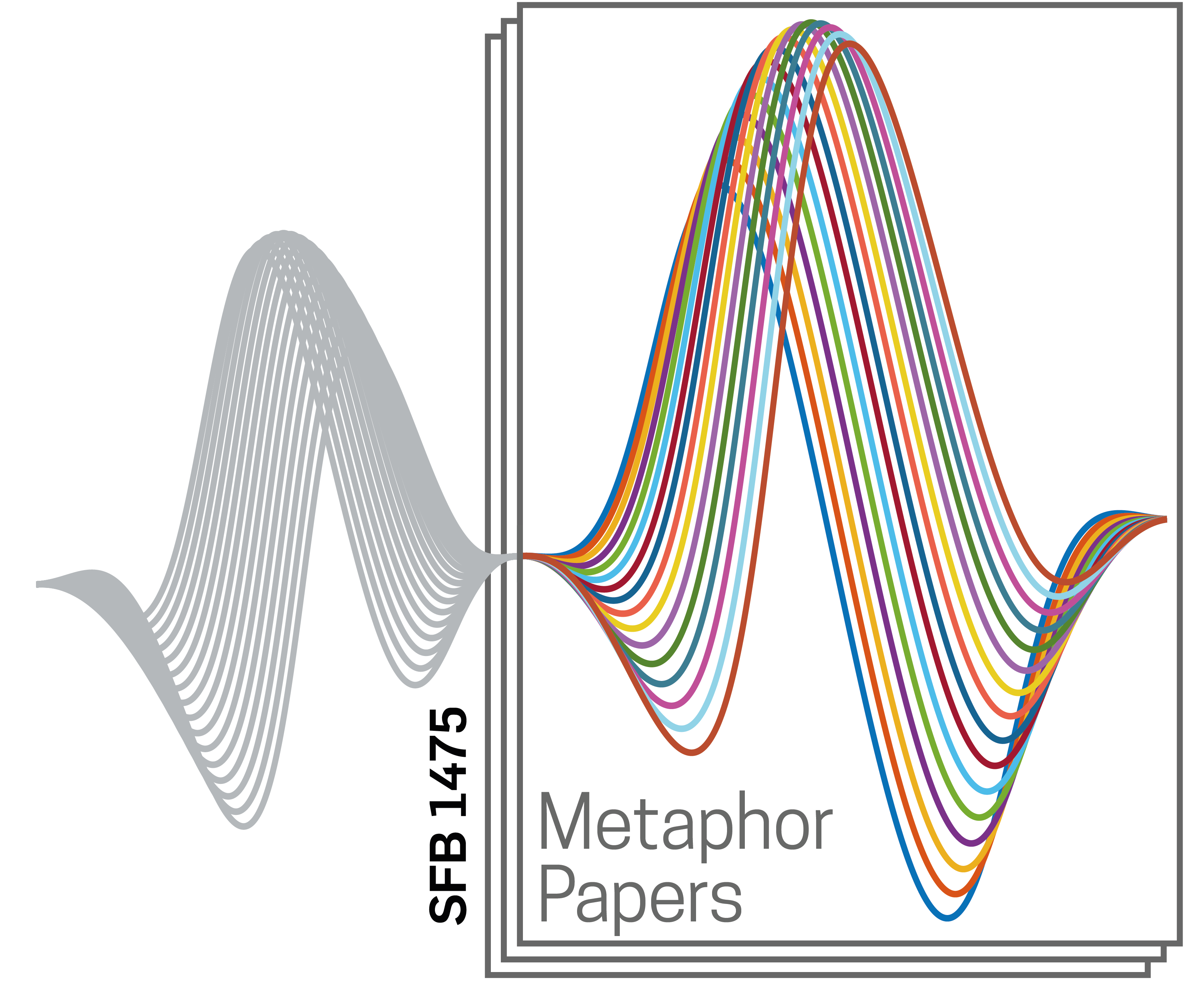
Metaphors of Religion: A Conceptual Framework
Keywords:
metaphor, religion, communication, conceptual metaphor, deliberate metaphor, allegorySynopsis
The following is a marginally edited version of the conceptual considerations presented in the proposal for the establishment of Collaborative Research Center (CRC) “Metaphors of Religion: Religious Meaning-Making in Language Use”. The CRC has been established by the German Research Foundation in 2022 at Ruhr University Bochum (RUB) and Karlsruhe Institute of Technology (KIT). To start our working paper series Metaphor Papers, we wish to present the CRC’s conceptual framework to a broader scholarly community.
Our CRC starts from the assumption that religious meaning-making occurs in and through metaphors. In metaphors, meaning is transferred from one semantic domain to another. Religion, which can never put its ultimate subject (the transcendent) directly into words, is especially dependent on this procedure. Religious meaning-making thus occurs as religion draws from its semantic environment and transfers meaning to its own domain. The CRC seeks to more thoroughly understand this process theoretically and grasp it methodologically to be able to research its semantic forms empirically and comparatively. In this way, the shapes religion takes as a socio-cultural phenomenon can be better understood and central developments within specific religious traditions become much more tangible. The CRC thus contributes to the historiography of religions, on the one hand, and to answering systematic questions in the comparative study of religions, on the other.
While extensive research on metaphors in religious texts exists, the CRC’s novel approach lies in its systematic focus on metaphoricity as the central principle of religious meaning-making. This is based on a shared understanding of religion as communication and metaphor as a fundamental principle of language. We understand religion to be the form of communication that has the function of coping with ultimate contingency by means of the transcendence/immanence-distinction. In this paradoxical process, the metaphor with its simultaneousness of ‘is like’ and ‘is not’ is used to infer the unknown (target domain) from known means (source domain) and in this way creates religious meaning.

Downloads
Published
Versions
- 2024-09-17 (2)
- 2023-09-19 (1)



